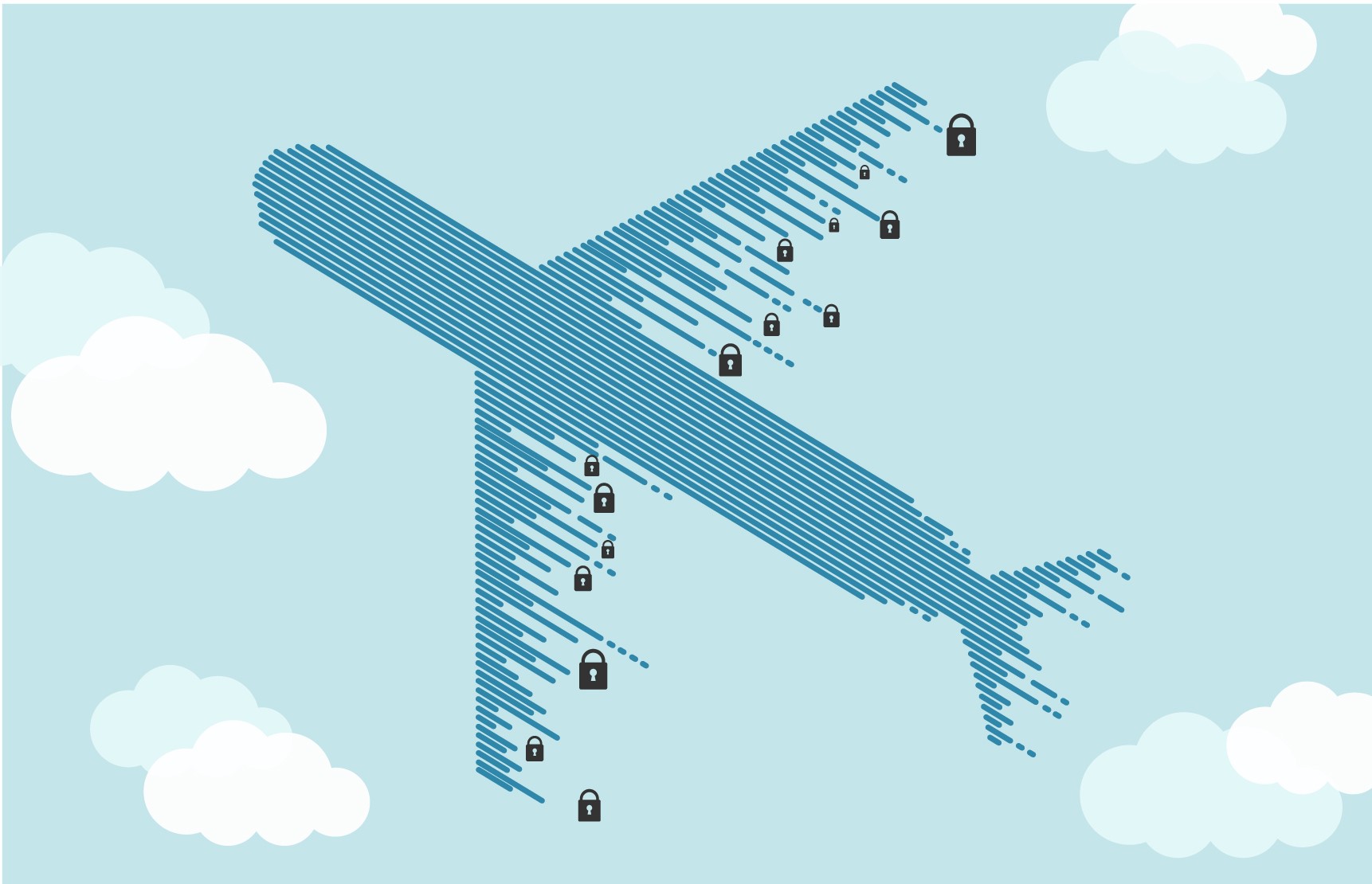
Aviation cybersecurity is a critical aspect of modern air travel, ensuring the safety and security of passengers, crew, and aircraft systems. But what exactly is aviation cybersecurity? In simple terms, it involves protecting aviation systems from cyber threats, such as hacking, malware, and data breaches. These threats can target anything from in-flight entertainment systems to critical flight control systems. Why is this important? Because a successful cyber attack could lead to severe consequences, including compromised passenger safety and significant financial losses. Understanding aviation cybersecurity helps us appreciate the measures taken to keep the skies safe. Let's dive into some intriguing facts about this vital field.
Key Takeaways:
- Aviation cybersecurity is crucial for safe air travel. Cyber threats can disrupt air traffic control and compromise aircraft communication systems, highlighting the need for robust security measures.
- International collaboration and advanced technologies like AI and blockchain are key to enhancing aviation cybersecurity. Working together and staying ahead of cybercriminals is essential for protecting aviation systems.
The Importance of Aviation Cybersecurity
Aviation cybersecurity is crucial for ensuring the safety and efficiency of air travel. With increasing reliance on digital systems, protecting these systems from cyber threats has become a top priority.
-
Air Traffic Control Systems: Air traffic control (ATC) systems are essential for managing aircraft movements. Cyberattacks on ATC systems can lead to severe disruptions, delays, and even accidents.
-
Aircraft Communication Systems: Modern aircraft rely on digital communication systems for navigation and communication with ground control. Cyber threats targeting these systems can compromise flight safety.
Vulnerabilities in Aviation Systems
Understanding the vulnerabilities in aviation systems helps in developing effective cybersecurity measures. Here are some key areas where aviation systems are vulnerable.
-
In-flight Entertainment Systems: In-flight entertainment systems are often connected to the aircraft's network. Hackers can exploit these connections to gain access to critical systems.
-
Ground Support Systems: Ground support systems, including baggage handling and maintenance systems, are also vulnerable to cyberattacks. Disruptions in these systems can affect overall airport operations.
Measures to Enhance Aviation Cybersecurity
To protect aviation systems from cyber threats, several measures can be implemented. These measures aim to strengthen the security of both aircraft and ground systems.
-
Regular Security Audits: Conducting regular security audits helps identify and address vulnerabilities in aviation systems. These audits are essential for maintaining robust cybersecurity.
-
Employee Training: Training employees on cybersecurity best practices is crucial. Well-informed staff can help prevent cyberattacks by recognizing and responding to potential threats.
Real-World Examples of Aviation Cybersecurity Incidents
Examining real-world examples of cybersecurity incidents in aviation can provide valuable insights into the importance of robust security measures.
-
2015 Polish Airline Attack: In 2015, a cyberattack on Polish airline LOT grounded several flights. The attack targeted the airline's ground operations system, causing significant disruptions.
-
2018 British Airways Data Breach: British Airways experienced a data breach in 2018, compromising the personal and financial information of thousands of passengers. The breach highlighted the need for stronger cybersecurity measures.
Future Trends in Aviation Cybersecurity
As technology evolves, so do the methods used by cybercriminals. Staying ahead of these trends is essential for maintaining the security of aviation systems.
-
Artificial Intelligence: AI can be used to enhance cybersecurity by detecting and responding to threats in real-time. Implementing AI-driven security measures can help protect aviation systems from sophisticated attacks.
-
Blockchain Technology: Blockchain technology offers a secure way to manage and share data. Using blockchain in aviation can help prevent unauthorized access and ensure data integrity.
International Collaboration in Aviation Cybersecurity
International collaboration is vital for addressing cybersecurity challenges in aviation. By working together, countries can develop and implement effective security measures.
-
ICAO Initiatives: The International Civil Aviation Organization (ICAO) has launched several initiatives to enhance global aviation cybersecurity. These initiatives focus on sharing information and best practices among member states.
-
Public-Private Partnerships: Collaboration between public and private sectors is essential for improving aviation cybersecurity. By working together, governments and industry stakeholders can develop comprehensive security strategies.
Final Thoughts on Aviation Cybersecurity
Aviation cybersecurity is crucial for keeping our skies safe. With the rise of digital threats, airlines and airports must stay ahead of hackers. From protecting passenger data to ensuring the safety of aircraft systems, the stakes are high. Regular updates, employee training, and advanced security measures are essential. Governments and industry leaders need to work together to set standards and share information. As technology evolves, so do the threats. Staying vigilant and proactive is the best defense. Remember, every flight's safety depends on robust cybersecurity. By understanding these facts, we can appreciate the efforts behind the scenes to keep air travel secure. So next time you board a plane, know that a lot of work goes into protecting you from cyber threats. Safe travels!
Frequently Asked Questions
Was this page helpful?
Our commitment to delivering trustworthy and engaging content is at the heart of what we do. Each fact on our site is contributed by real users like you, bringing a wealth of diverse insights and information. To ensure the highest standards of accuracy and reliability, our dedicated editors meticulously review each submission. This process guarantees that the facts we share are not only fascinating but also credible. Trust in our commitment to quality and authenticity as you explore and learn with us.


